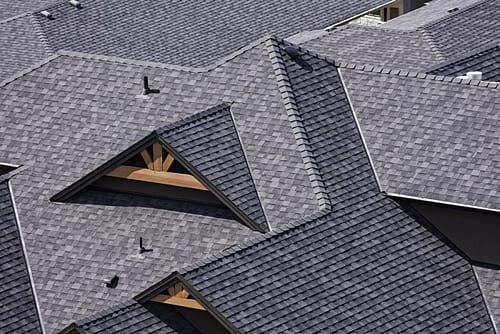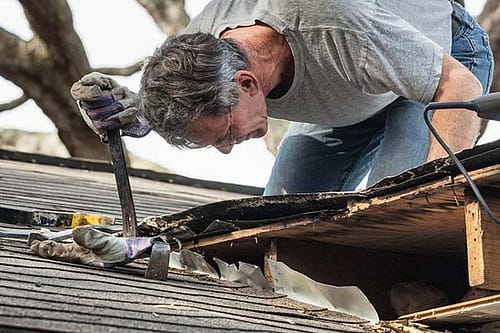Most of the flat roofs are covered with PVC, bitumen (roof leather) or EPDM. However, it is also possible to cover your roof with plants. In that case, there is a green roof. A green roof naturally has many advantages, but there are also some disadvantages. In the text below you will learn more about the advantages and disadvantages of a green roof.
The major benefits of a green roof:
The big advantage of a green roof is that it extends the life of your roof. Normally, the roofing will last around twenty years, but with a green roof, the covering can last forty years. In addition, a green roof insulates very well and a large part of the water is collected by the plants on the roof. In addition, the air quality also improves if you have a green roof. The flowers and plants collect fine dust. It helps in reducing the noise outside and inside the house. It adds more value to your house. It creates a fire-resistant layer and it saves money. It also increases biodiversity.
The disadvantages of a green roof:
A green roof may seem ideal, but of course, there are also a number of disadvantages. For example, birds can pull plants out of your roof. Is your roof largely in the shade? Then there is a good chance that weeds will grow on the roof. But you can remove the weeds on a regular basis. This must be removed manually and therefore requires extra effort. Finally, a green roof must also be maintained. When the roof turns red, the plants have insufficient nutrition. In addition, you must water the roof two to three times a week in hot summers.
You can always engage a roofer:
Are you exploring the possibilities of a green roof? In that case, it can certainly be useful to engage a roofer. For example, your roof construction must meet special requirements to be able to support a green roof. A roofer can tell you immediately if it is possible and what may need to be adjusted. This way it becomes a lot clearer for you whether or not it makes sense to have a green roof installed.




